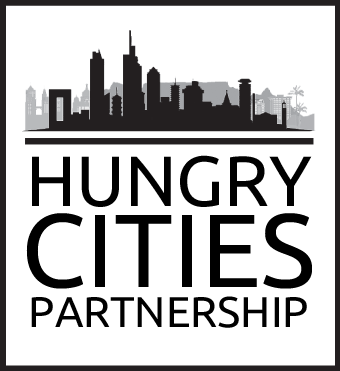Document Type
Hungry Cities Paper
Publication Date
12-2017
Department
Balsillie School of International Affairs
Abstract
The efficiency of the infrastructure systems in cities will define the extent to which dystopic visions of urban futures become a reality. At the level of the individual household, vulnerability to hazards in cities is defined, in part, by the ability to access essential resources and services. This discussion paper proposes a model to help explain the relationship between access to urban infrastructure systems and household vulnerability to food insecurity. Food access in cities is primarily achieved through food purchases, where households convert assets into food at retail locations. When a household falls into food insecurity through trading household assets for resources, it is often trapped by a host of resource deprivations that have occurred over time. In this manner, the process compounds the vulnerability of a household to food insecurity. The data used in this paper was collected from 2014 to 2016 by the Hungry Cities Partnership using a household food security baseline survey in four cities: Kingston (Jamaica), Maputo (Mozambique), Mexico City (Mexico), and Nairobi (Kenya).
Recommended Citation
McCordic, C. (2017). Compounding Vulnerability: A Model of Urban Household Food Security (rep., pp. 1-11). Waterloo, ON: Hungry Cities Partnership. Hungry Cities Partnership Discussion Paper No. 12.
Included in
Food Studies Commons, Human Geography Commons, Politics and Social Change Commons, Urban Studies and Planning Commons


